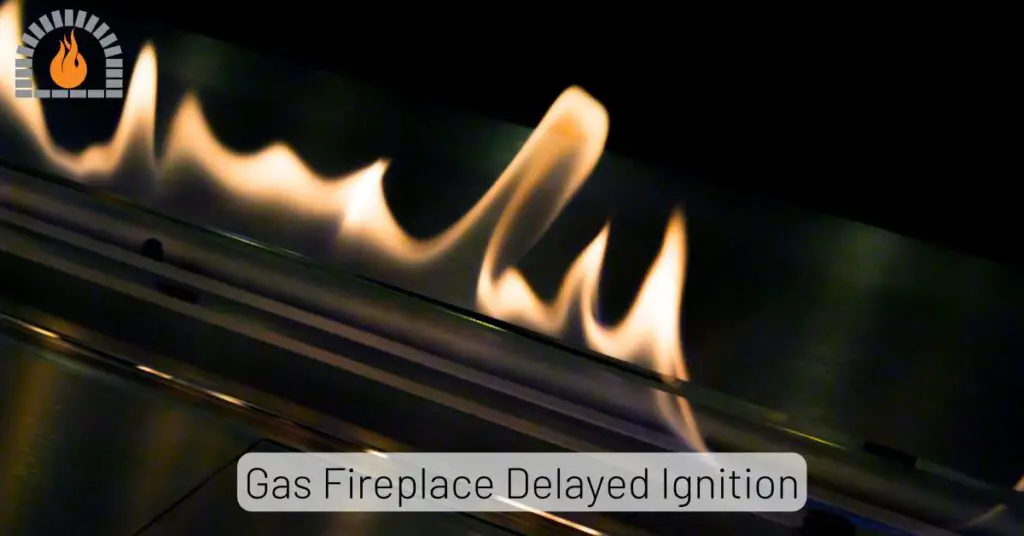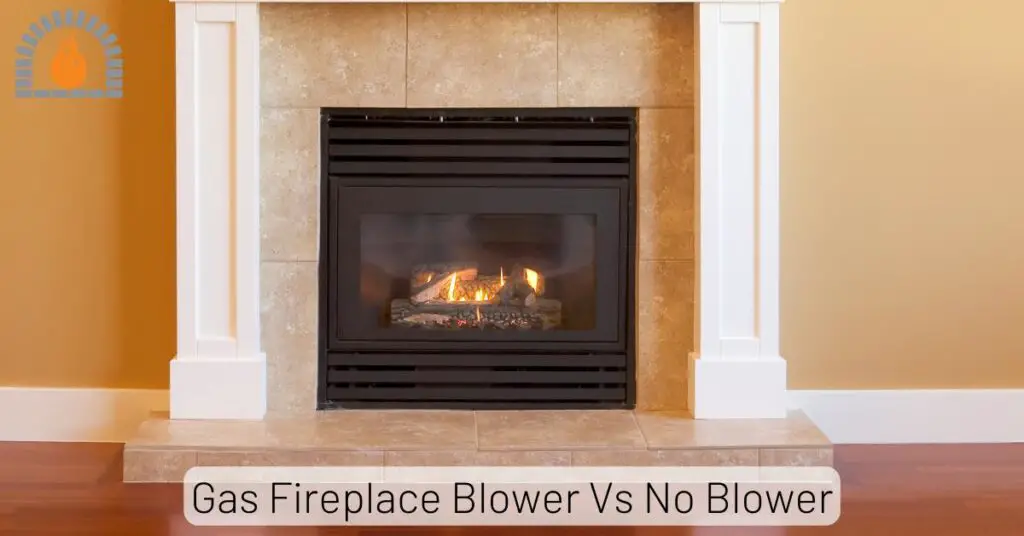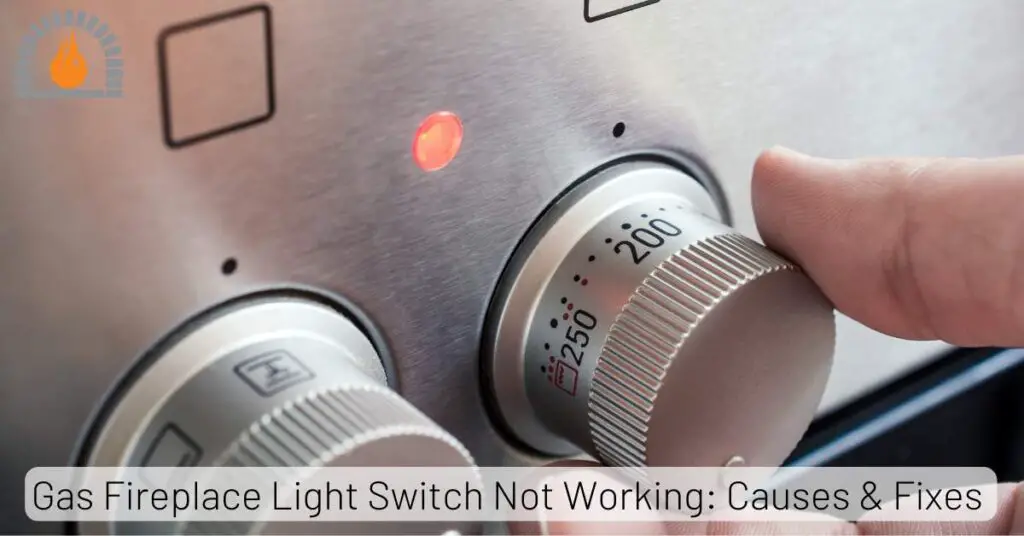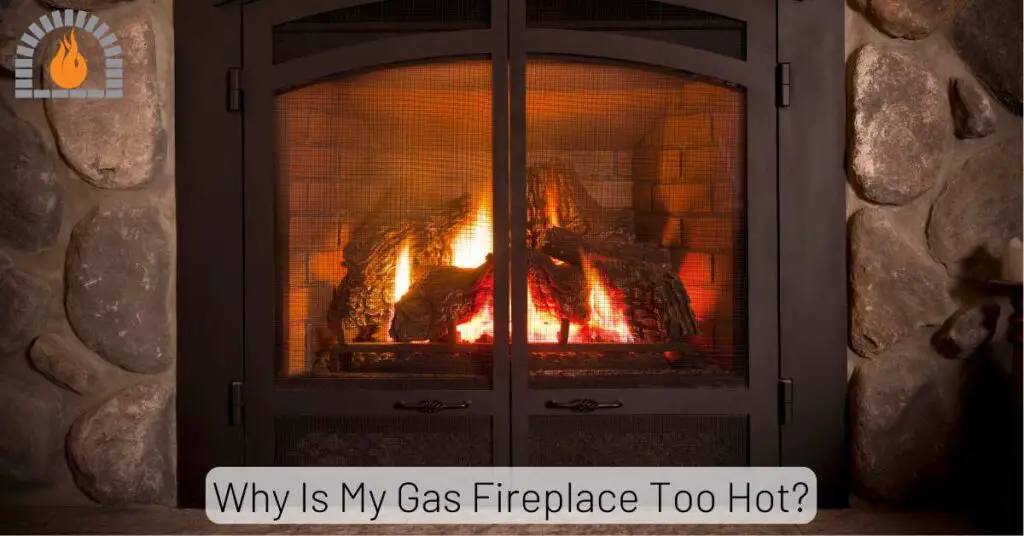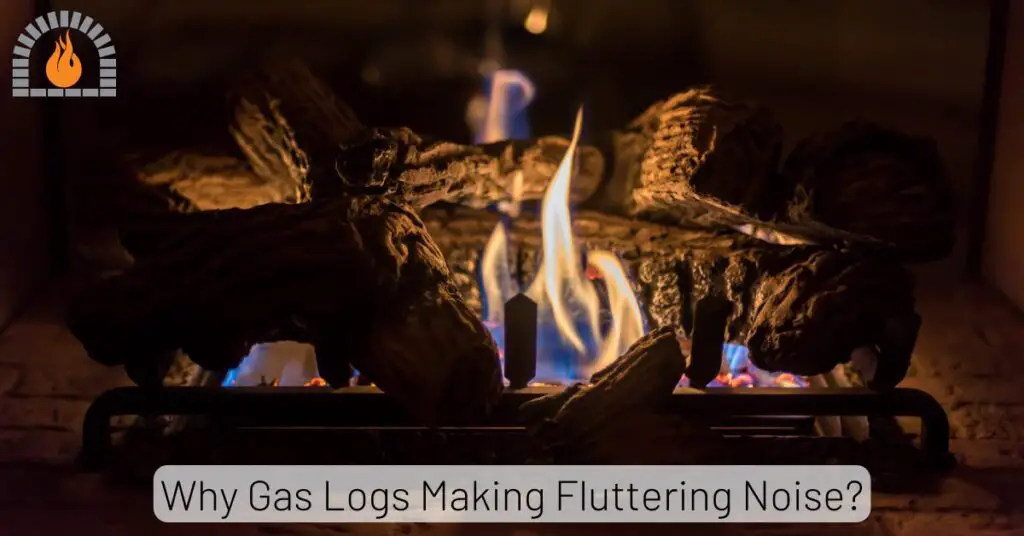Have you noticed a chalky or powdery white film on your gas fireplace logs, glass doors, or firebox? This white residue can be frustrating and even concerning, especially if you’re unsure what’s causing it. The white residue often looks like calcium or lime deposits, and while it’s usually harmless, it can impact your fireplace’s performance and appearance.
To keep your fireplace running efficiently and looking great, it’s essential to understand what’s causing this buildup and how to fix it.
In this article, we’ll cover the 13 common causes of gas fireplace white residue and provide quick fixes to help you keep your fireplace clean, safe, and efficient.
What Is the White Residue in a Gas Fireplace?
The white residue in your gas fireplace is typically a result of mineral deposits, hard water stains, or soot buildup. It can appear on the logs, the interior walls of the firebox, or the glass doors. This residue is often caused by a combination of moisture, heat, and minerals from the gas combustion process.
While the residue itself isn’t always harmful, it can make your fireplace look dirty and reduce its efficiency. Understanding the root cause is essential to properly clean and prevent future buildup.
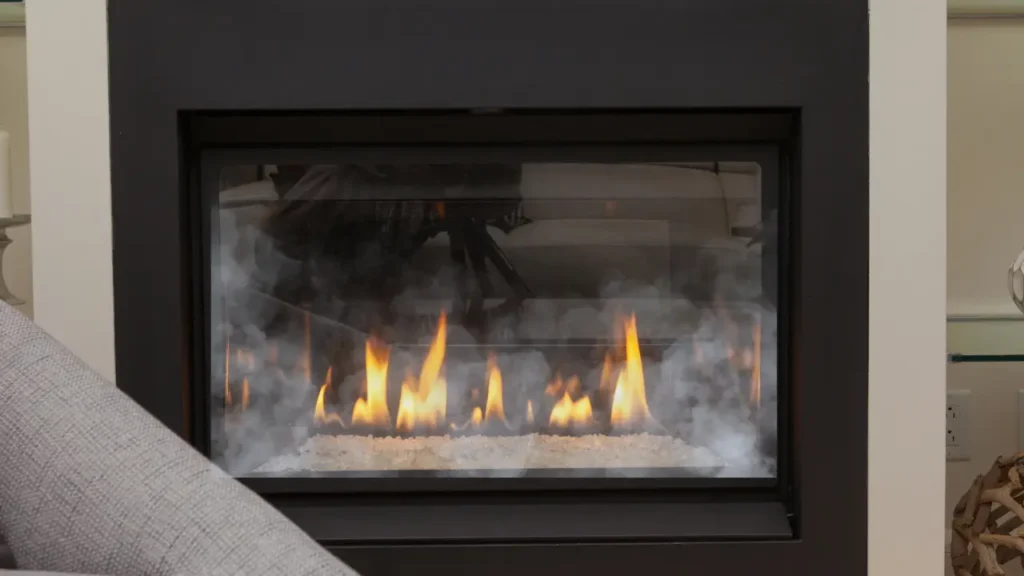
Causes of Gas Fireplace White Residue
1. Combustion Byproducts
When natural gas or propane burns, it produces byproducts such as carbon dioxide and water vapor. As these gases cool, especially when they come into contact with the cooler glass surface of the fireplace, water vapor can condense and leave behind mineral deposits.
This is particularly noticeable in areas with hard water, where minerals like calcium and magnesium are present.
Fix
To combat this issue, regularly clean the glass with a specialized fireplace glass cleaner. These cleaners are formulated to dissolve the mineral deposits without scratching the glass.
Use a soft cloth or sponge to apply the cleaner and ensure that you wipe in a circular motion to lift off any residue effectively.
2. Type of Gas Used
The type of gas used in your fireplace can significantly affect residue formation. Natural gas typically has a lower sulfur content than propane, but variations in gas quality can lead to different combustion characteristics and byproducts.
Higher sulfur content can contribute to more significant residue buildup.
Fix
If you suspect that the gas quality is affecting your fireplace, consider consulting your gas supplier about switching to a cleaner-burning alternative or using propane if it’s available and suitable for your fireplace model.
3. Humidity Levels
High humidity levels in the environment can lead to increased condensation on the glass surface of the fireplace. When warm air from the fire meets the cooler glass, moisture can form, which then evaporates and leaves behind mineral deposits.
Fix
To reduce humidity levels, consider using a dehumidifier in the room where your fireplace is located. Additionally, ensuring proper ventilation in your home can help maintain balanced humidity levels.
4. Improper Ventilation
Gas fireplaces require adequate ventilation to ensure complete combustion of fuel. If there are blockages in the chimney or flue system, or if the design does not allow for sufficient airflow, incomplete combustion can occur, leading to soot and white residues forming inside the fireplace.
Fix
Regularly inspect and clean your chimney and flue to remove any obstructions such as debris or animal nests. It’s also advisable to schedule annual inspections with a certified chimney sweep to ensure proper ventilation and safe operation.
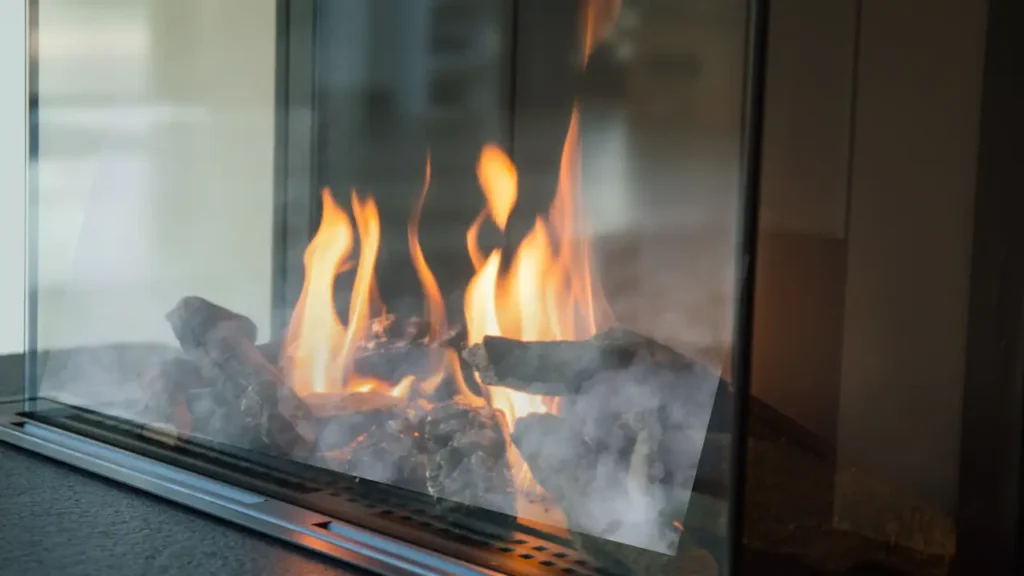
5. Silicone Off-Gassing
Some gas fireplaces use RTV silicone sealants during installation or maintenance. When heated, these silicone materials can release compounds that create a white haze on the glass surface.
Fix
If you suspect that silicone off-gassing is causing residue buildup, consider having a professional inspect your fireplace. They may recommend replacing any problematic sealants with high-temperature alternatives that are less likely to off-gas.
6. Dirty or Clogged Filters
Many gas fireplaces have filters that help maintain clean airflow into the combustion chamber. Over time, these filters can become clogged with dust and debris, leading to reduced airflow and inefficient combustion, which can result in soot and residue.
Fix
Regularly check and clean or replace filters according to the manufacturer’s recommendations. Keeping filters clean will help ensure optimal performance and reduce residue buildup on the glass.
7. Soot Buildup
Inadequate oxygen supply or excessive gas flow can lead to incomplete combustion, which results in soot accumulation within the fireplace. This soot may appear as a white film on the glass when it settles.
Fix
Adjusting the gas flow settings on your fireplace can help achieve better combustion efficiency. If you’re unsure how to do this safely, consult your owner’s manual or contact a professional technician for assistance.
8. Temperature Fluctuations
Rapid temperature changes when starting or stopping your fireplace can create conditions conducive to condensation forming on the glass surface. This condensation can leave behind residues as it evaporates.
Fix
To minimize temperature fluctuations, allow your fireplace to warm up gradually before use. Avoid turning it off immediately after use; instead, let it cool down naturally for a short period before shutting it down completely.
9. Age of Fireplace
Older fireplaces may accumulate more significant buildup due to years of use without proper maintenance. Over time, residues can etch into the glass surface, making them more difficult to clean.
Fix
If you find that residues have become permanent stains on the glass despite regular cleaning efforts, replacement of the glass may be necessary. Consult with a professional who specializes in gas fireplaces for guidance on replacement options.
By understanding these causes and implementing these fixes, you can maintain a clean and efficient gas fireplace while enhancing its aesthetic appeal and functionality in your home!
Preventing White Residue in the Future
Taking preventive measures can help you avoid dealing with white residue in your gas fireplace. Here are some tips:
- Ensure you’re using clean and high-quality gas to reduce mineral deposits.
- Wipe down the glass doors and clean the firebox every few weeks to prevent buildup.
- Have a professional inspect your fireplace annually to ensure it’s working efficiently.
- Use a dehumidifier to keep humidity levels in check, especially in damp climates.
- Stick to fireplace-safe cleaners to prevent chemical reactions that cause residue.
FAQs
Is white residue in a gas fireplace dangerous?
No, white residue is usually harmless, but it can affect the appearance and efficiency of your fireplace. Regular cleaning can help prevent buildup.
How do I clean white residue from fireplace glass doors?
Use a fireplace glass cleaner and a microfiber cloth. Avoid using regular household glass cleaners, as they may cause more residue.
What causes condensation in a gas fireplace?
High humidity levels in your home and improper venting can cause condensation inside the fireplace, leading to mineral deposits.
How often should I clean my gas fireplace?
It’s recommended to clean your gas fireplace every few weeks and schedule professional maintenance once a year.
Can I use vinegar to clean my gas fireplace?
Yes, you can use a diluted vinegar solution to remove hard water stains and white residue from your fireplace’s glass doors. However, be sure to rinse and dry thoroughly afterward.
Final Thoughts
White residue in your gas fireplace is a common issue caused by minerals, moisture, improper venting, and maintenance problems. While it’s usually not harmful, it can make your fireplace look dirty and affect its performance.
By understanding the causes and following the quick fixes and preventive measures outlined in this article, you can keep your gas fireplace looking clean and functioning efficiently for years to come.
Affiliate Disclosure: Fireplaceadviser.com is a participant in the Amazon Services LLC Associates Program. We may earn a commission when you click on certain links on this site and purchase.

Hello!! I am Jamal Khan. I often fix my home electric heaters and gas stove problems and research the common issues in the heating units to improve my knowledge and expertise. The aim of establishing fireplaceadviser.com is to share my expertise and knowledge with my audience.







